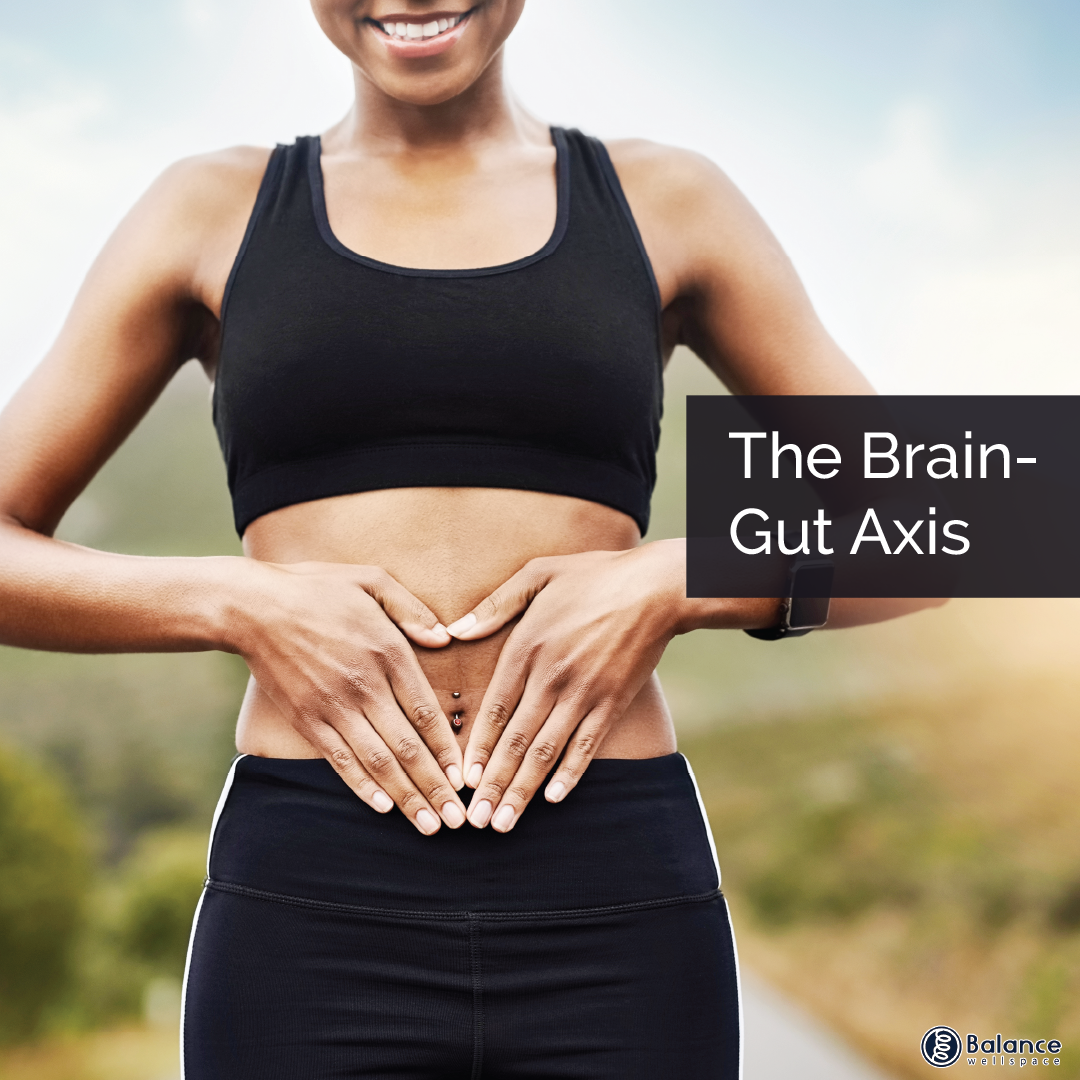Bottom Line:
During an intense period of stress, have you ever noticed your stomach start to hurt and maybe even the feeling of nausea? We will often ask ourselves the following questions with these symptoms:
● Did I catch the flu from my coworkers?
● Was there something funky about the food I ate for dinner?
● Is the stress making my brain affect my stomach and other parts of my body?
If you landed upon the third question and thought there might be more to it, then you were on
the right track.
For a long time, it has been known that activities in the brain will influence our bodies. Our brain is the conductor of our bodies, so of course, things like stress, anxiety, and depression can wreak havoc.
However, it has dawned on scientists, researchers, and doctors that maybe our stomach or 'gut' talks and perhaps even directs our brains as well!
After much research, scientists discovered a two-lane road from the brain to the stomach and back. Therefore when you hear someone say, "you are what you eat," they are right.
Why It Matters:
Researchers from the Ontario Brain Institute, National Institute of Health and Science Foundation Ireland, discovered the intricate effects of the treatment of the stomach. The research included hormone function, size, and elasticity of your brain. The results showed many reactions from the brain-gut connection could affect your daily life and influence certain diseases/illnesses. These include:
● Major Depressive Disorder (MDD)
● Irritable Bowel Syndrome (IBS)
● General Stress
Next Steps:
Luckily, you can do many things at home to help with the balance between your brain and your gut. These include eating fermented foods, probiotics, and foods containing high levels of DHA and EPA. In addition, you can try your hand at prebiotics and managing stress through meditation or taking deep breaths. If you want to find out more about strengthening your brain-gut axis, give us a call.
Science Source:
Foster J, Rinaman L, Cryan JF. "Stress and the gut-brain axis: Regulation by the microbiome." Neurobiology of stress, 2017;7:124-136. doi:10.1016/j.ynstr.2017.03.00

